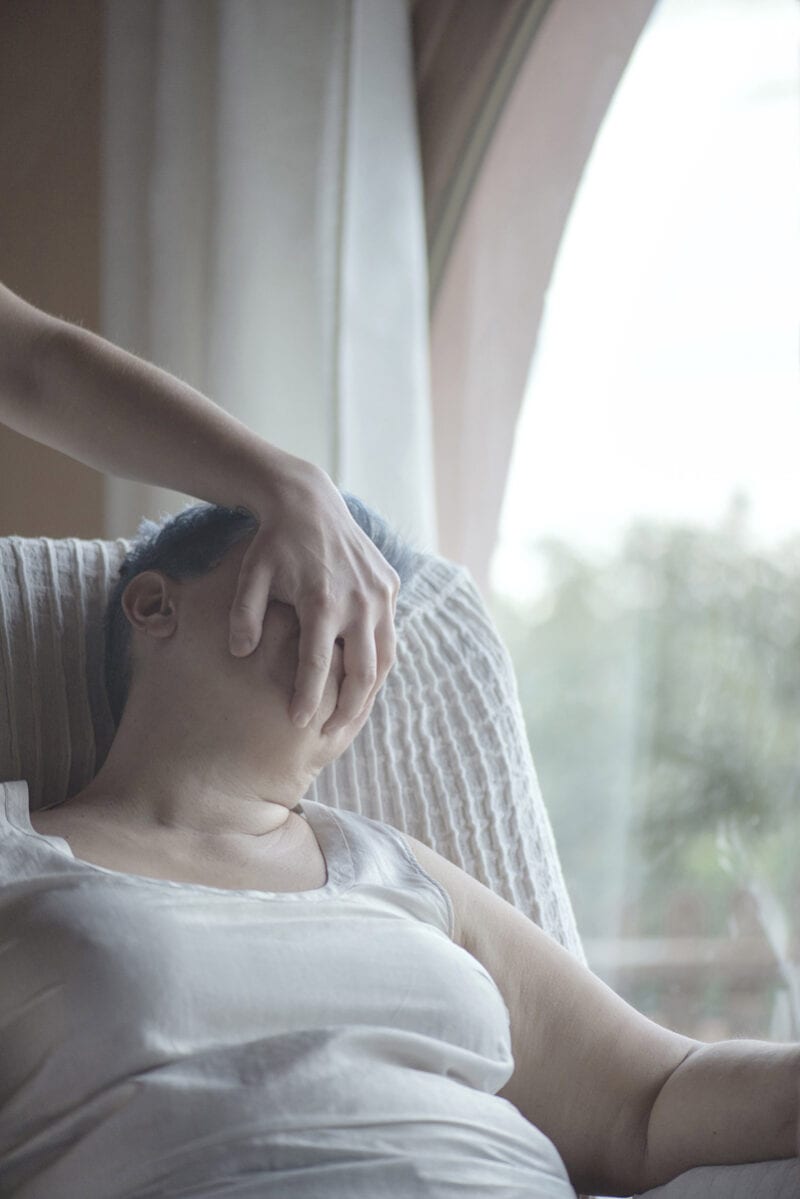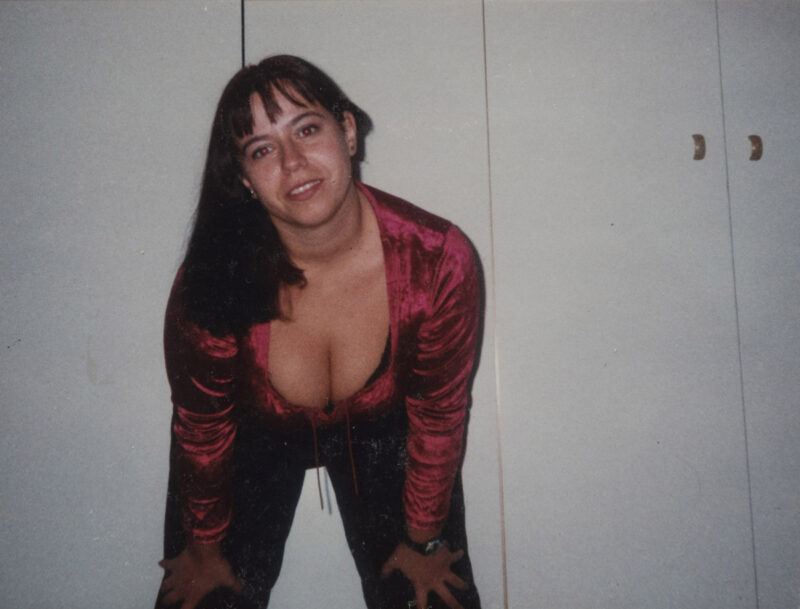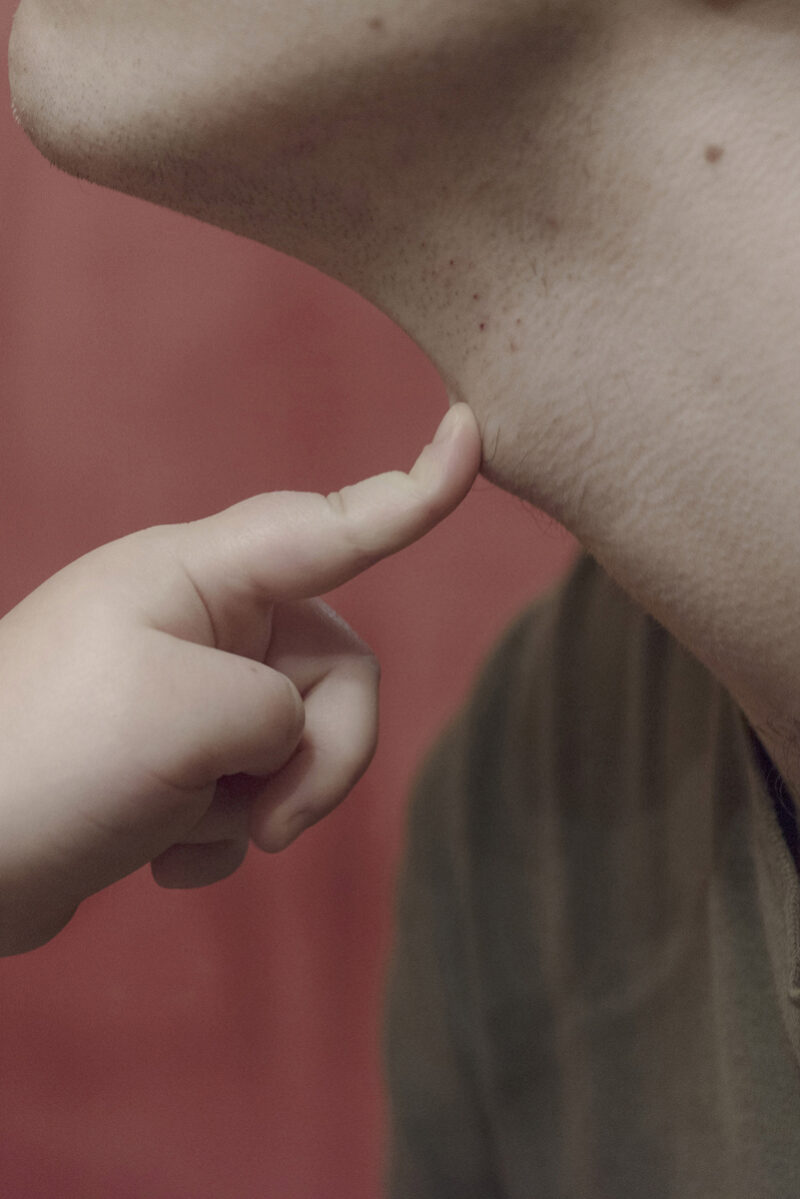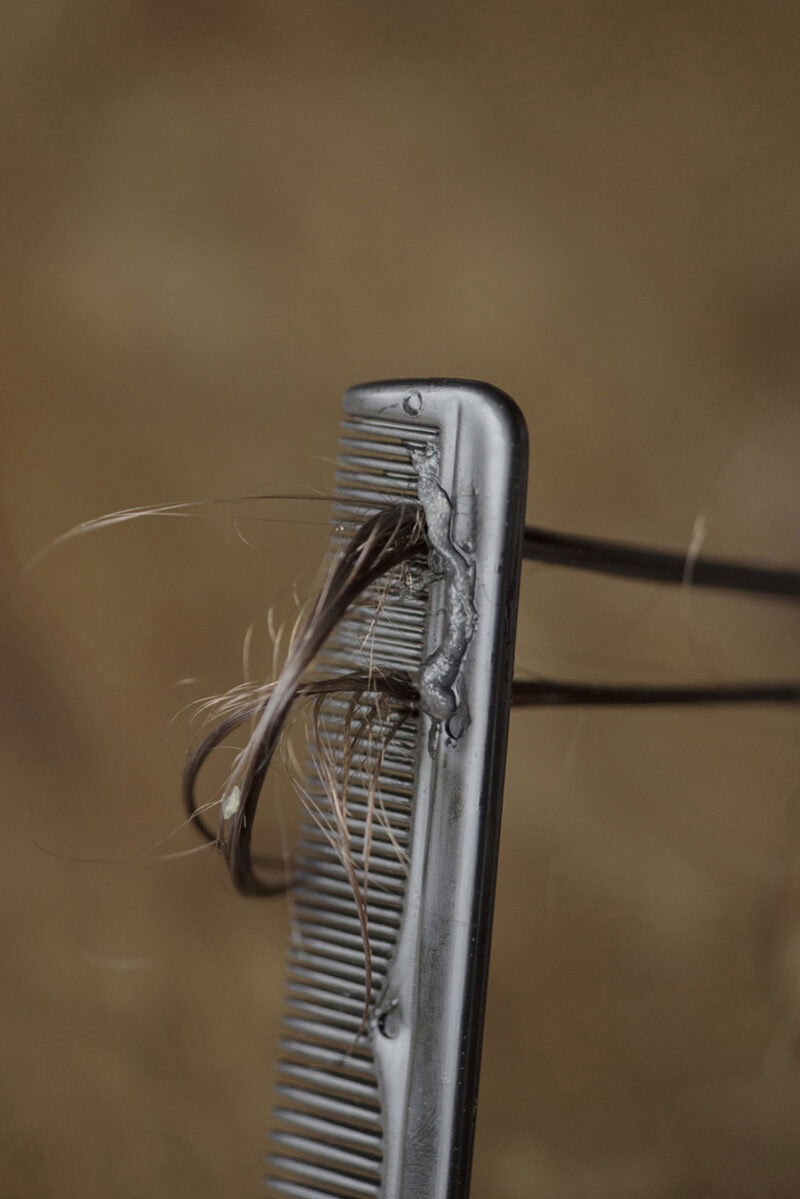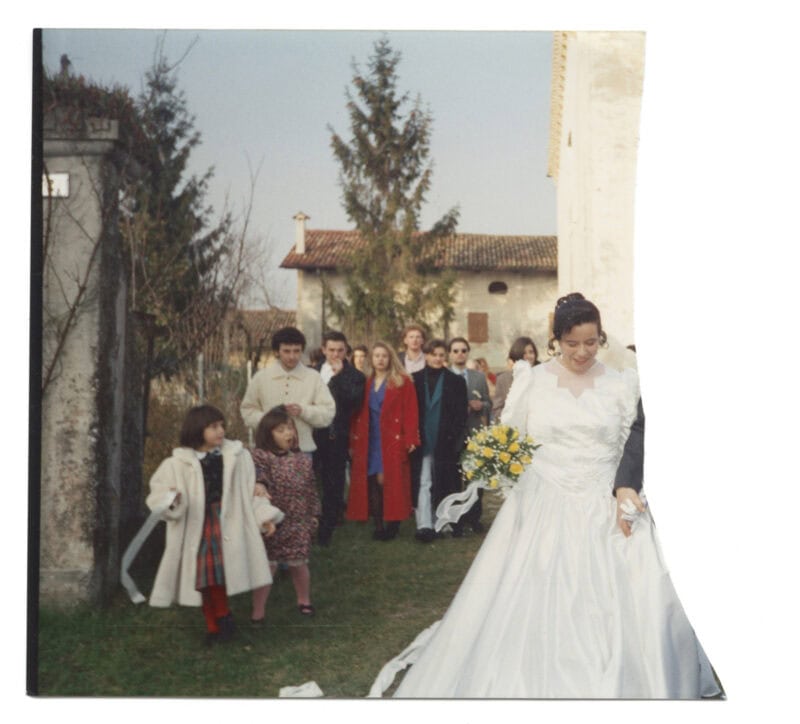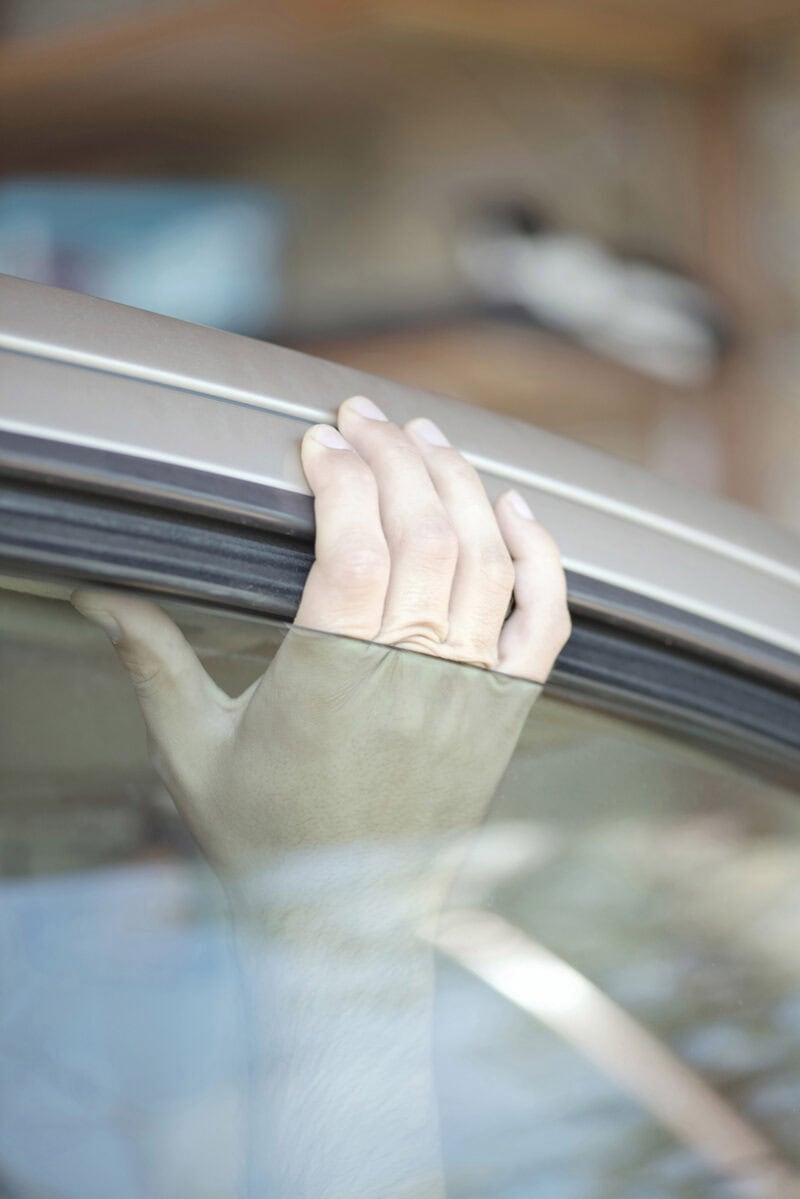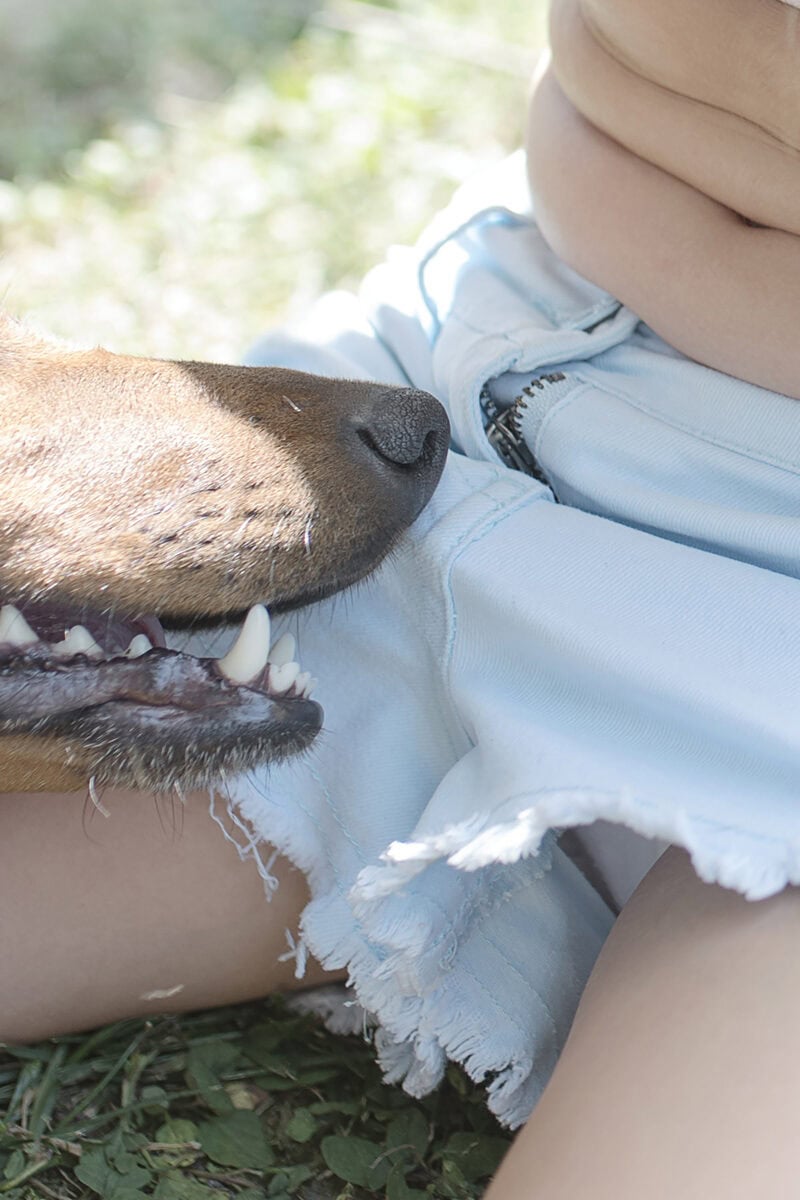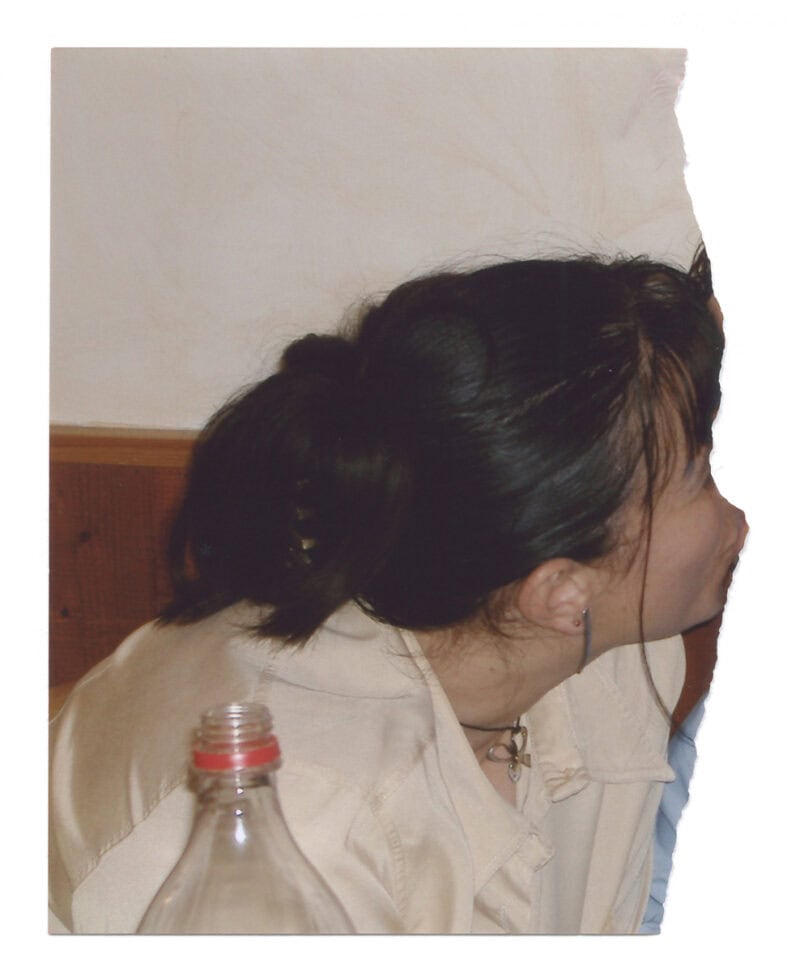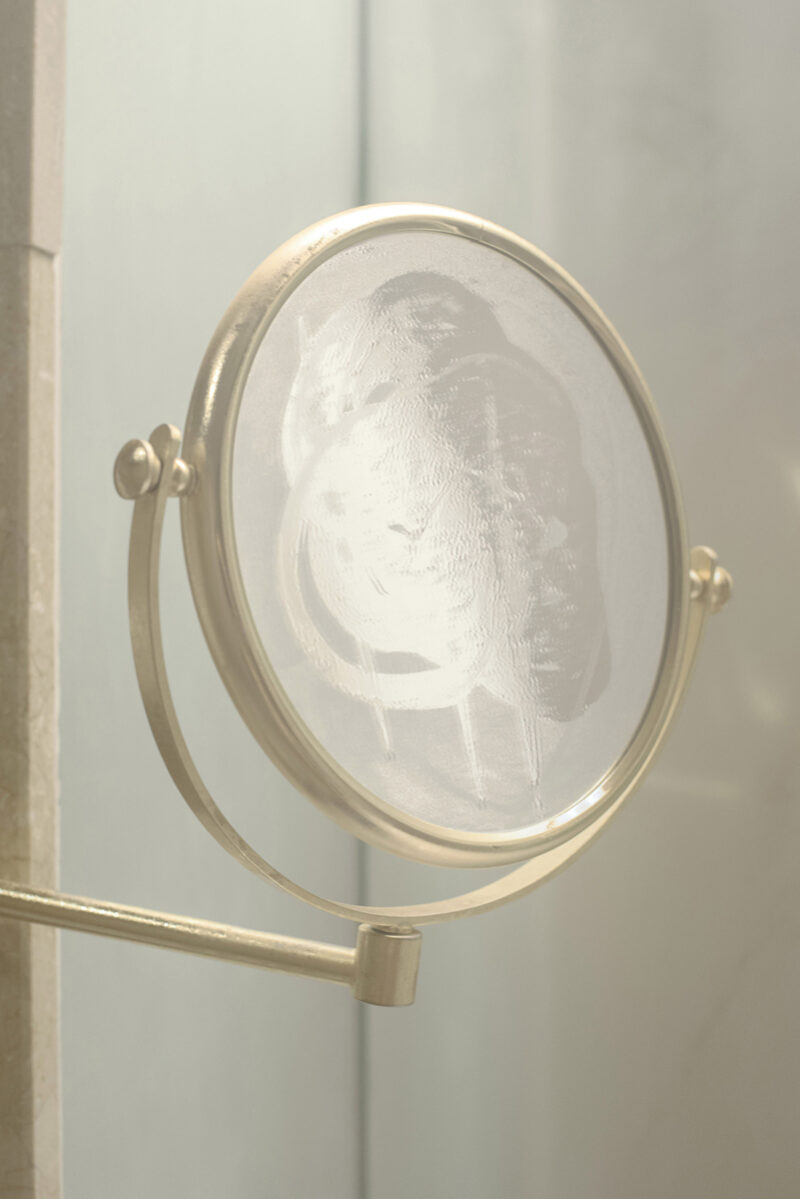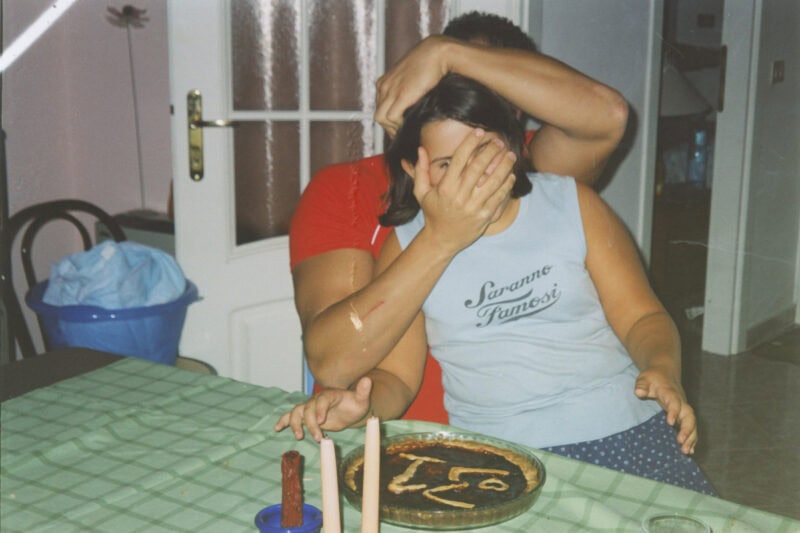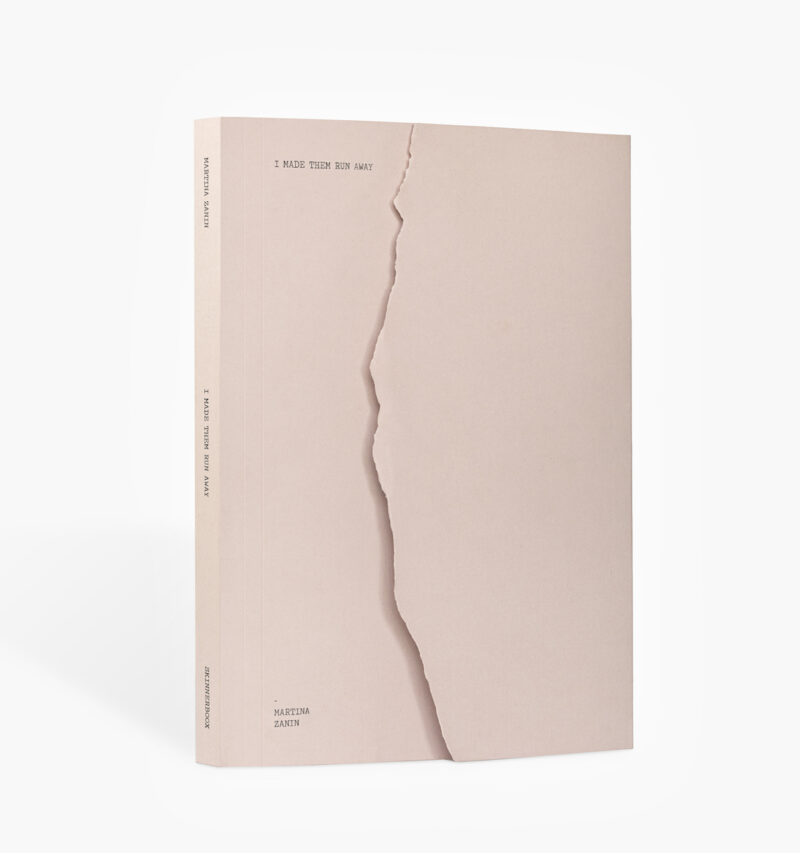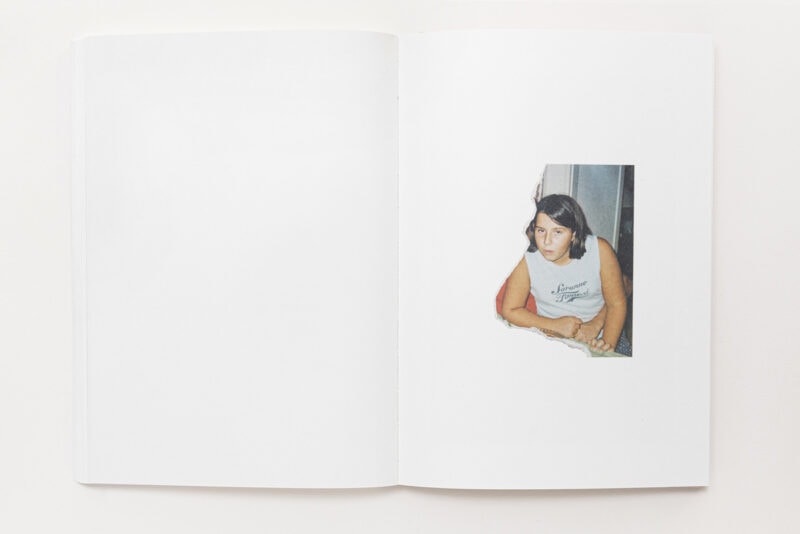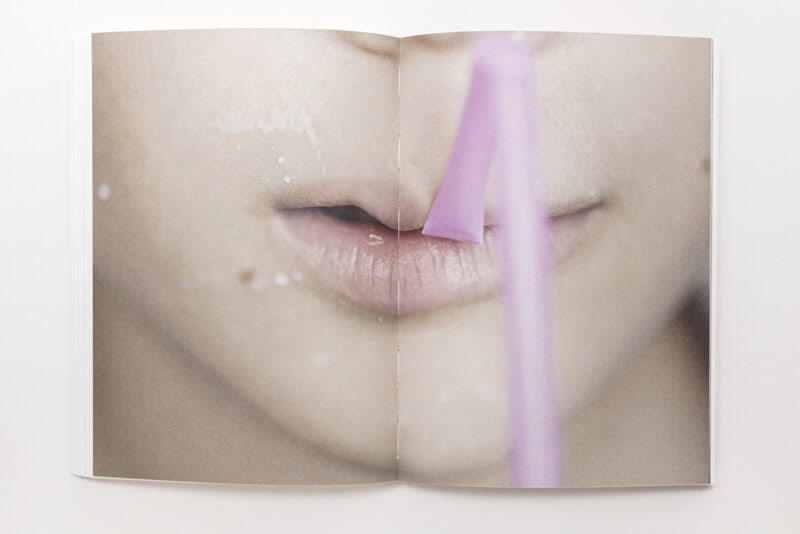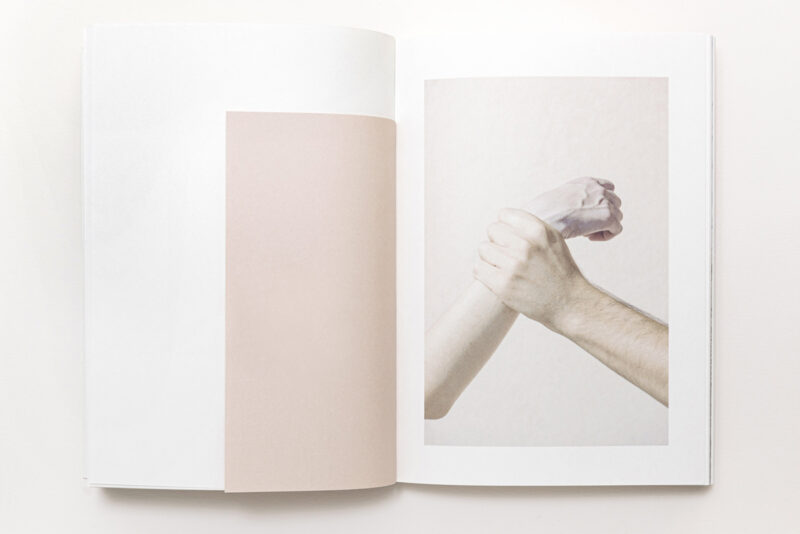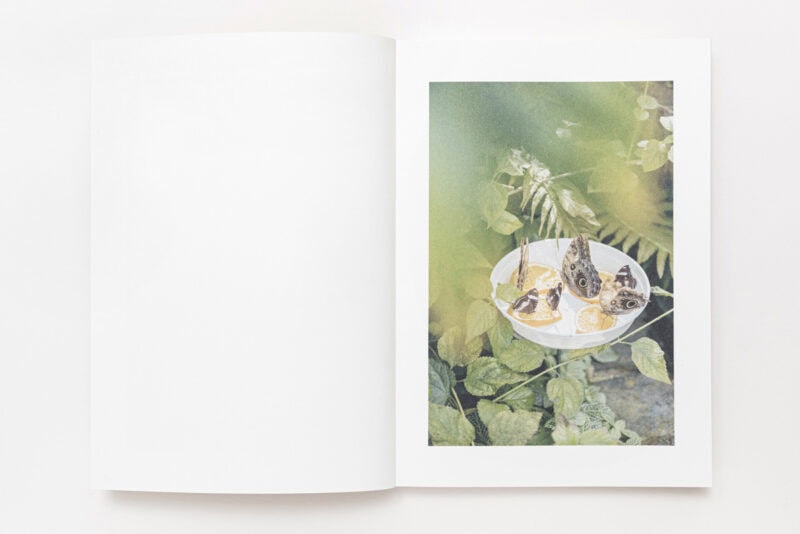Questions On is the video interview format created by C41. It consists of three simple questions addressed to our network of friends, partners, and creative minds. This series will go through Printed Narratives, questioning the role of contemporary publishing in the digital era. This episode features Martina Zanin and her project I Made Them Run Away, on the occasion of her participation in Polycopies (Saturday 13th of November at 6 PM).
Martina Zanin (b.1994) is a visual artist born in San Daniele del Friuli. She graduated with honors in Photography from Istituto Superiore di Fotografia in Rome and received a Master’s degree in Contemporary Photography at Istituto Europeo di Design in Madrid.
Her artistic practice, linked to her personal experiences, addresses different themes among which memory, relationships, and emotions are central. She uses photography often associated with other media, such as text, archive material, video, and sound, thus creating multi-layered narratives within which narrative spaces and perceptions intertwine. Her photographic, visual language is characterized by a poetic expression. Zanin selects overlays and/or sequences images following a structure in which they speak to each other, determining visual and dynamic associations in an attempt to go beyond what is visible.
Zanin is the winner of the Camera Work 2021, Images Gibellina, and Cantica21. Italian Contemporary Art Everywhere supported by MAECI and MiC. She has been nominated for the Foam Paul Huf Award 2019 and the C/O Berlin Talent Award 2020, and she is among the finalist of Giovane Fotografia Italiana #8, Premio Francesco Fabbri 2020, and Luma Rencontres Dummy Award Arles. Her work has been exhibited in solo and group shows in institutions, galleries, festivals, and non-profit spaces at the European level. In 2019 she was an artist-in-residence at SAM Residency Program. She is the author of I Made Them Run Away published by SKINNERBOOX (2021). Zanin is represented by studiofaganel in Gorizia.
About I Made Them Run Away – words by Martina Zanin:
“It was summer and as many children did, I spent my days in a summer camp. One night I was very excited when I came home and after having had dinner with my grandmother I went upstairs, where my mother and I lived, with the intention of going to sleep. As I entered, I saw my mother and a man sitting on the couch watching television. My mother asked me how my day had been and I couldn’t stop myself from showing both of them what I had learned. I started dancing and singing in front of the television for about 10 minutes, until the man interrupted my performance by saying ‘It’s late, I’d better go.’, followed by my mother’s glare towards me. Having said goodbye to the man, my mother came back in the house yelling at me: ‘How is it possible that you make them all run away?’.” (Martina Zanin)
I Made Them Run Away is a multi-layered story weaving together family images and photographs with texts written by the artist’s mother. It brings together memories from the past and feelings of the present to investigate the dynamics of relationships – the need for attention, the expectations that cause disillusionment, insecurity, and judgment. Shifting between the different points of view, Zanin depicts the recurring complicated triangle relationship between she, her mother, and the ‘man’, not constant, mostly represented as an absence in the work.
Fantasizing about a man she was never able to have, the artist’s mother wrote her thoughts and desires in a diary entitled Letters to a man I have never had. The poetical and wistful writing, clash with the torn family images, of which her mother has preserved only her figure, or the one of the daughter, tearing off all her ex-boyfriends, creating objects saturated with anger and loneliness. Every other picture is the artist’s inner reconstruction and expression of past feelings and sensations that become apparent in the present. I Made Them Run Away is a dialogue between a mother and a daughter in two different moments in time, exploring the transition of feelings within a relationship, such as compassion and anger, love and hate, and the influence of the past, which plays a fundamental role in the present and future relations. The project gives shape to motherhood in a different acceptation, and to girlhood, making room for those feelings which are often denied to girls and women, such as anger, disgust, grief, and power.
Why do you say you made them run away? Is there something deeply feminine about this assumption?
The title I Made Them Run Away is an I child related to my mother’s accusation ‘How is it possible that you make them all run away?’ and referring to the fact that I used to make all the men she dated or had a relationship with running away. When a parent scolds you, you think you were wrong. So that I represents the guilt of a child who thinks she was the cause of her mother’s failed relationships. But it’s also an I of a grown girl, a woman reasserting her position and now wanting to make them all run away. With the work, I trace the recurring and complicated relationship between me, my mother, and the man, wondering how much these relationships have influenced the perception I have of the male figure and the way I relate to it. Them is an indefinite number of men who have passed through our lives and of whom we no longer have any trace, because my mother, in the moments of anger at the end of the relationships, would tear their figure out of the photographs, preserving only herself or me and placing these photographs inside the family albums. This is an instantaneous and visually permanent process of removal, but not very effective on an emotional level. We then find her true desires and emotions in the thoughts written in the diary entitled Letters To A Man I Never Had and addressed to an imaginary man. In the work, there is the stereotype of the woman who suffers for love and who blames herself for unsuccessful relationships. But we also find the figure of the strong woman, the young and single mother who does not give up in her search for emotional stability. The work also gives space to those feelings that are often denied to girls or women, such as anger, power, disgust, or tension. What I try to do is subvert stereotypes by going in search of and representing all the nuances of feelings that are part of any human being, beyond gender identity.
Did photography help you better understand your “missing pieces”? How?
During the process of research and creation, I ask myself many questions but find few answers. However, this is not the purpose of my work. I don’t use photography to detach myself from traumatic events or try to deal with them rationally, as we tend to do. Nor do I use it as a tool for investigation. I am more interested in the cathartic effect of the process itself, in the reconstruction and representation of emotions through visual imagery, symbols, and metaphors. I fully immerse myself in these emotions and feelings to draw them out and make them visible, to open a connection between myself and the other. Anyway, I don’t think we ever come to a conclusion or understanding with memories and traumas.
Publishing could be seen as an anachronistic practice. Why do you think it could still have a role in shaping contemporary visual culture? Is printing a way to return images to where they belong?
Publishing offers the possibility to activate all the senses in the fruition of a work. With sight, we can observe the images and the object itself. With smell, we can smell the paper and ink. Touch, with which we can perceive the various textures and consistencies. And finally, the sense of hearing, with which we can hear the sound of the paper between our fingers. Consequently, this allows us to be constantly active towards what we are looking at and beyond. This short circuit is what I’m interested in, and I doubt any other mediums provide the same experience. That’s why I think it still has a very important role in contemporary visual culture. Human beings cannot lose the desire to feel beyond sight, as would happen if images were only enjoyed through a screen. Moreover, the book produces a further level of interpretation of the work, given by the choices of materials, sizes, colors. It’s all part of a series of decisions related to what you want to convey and face with a project. However, I don’t think that images have their specific place. They can have many different ones at the same time. They are in motion on our screens, stand still on the walls, stored in our heads as memories or ideas, and even printed between the pages of a book. This allows us to have different relationships with images.
Credits:
Featuring: Martina Zanin
Curated by Robin Sara Stauder
Editor: Alice De Santis and Nicole Salotti
Visual: C41.eu
